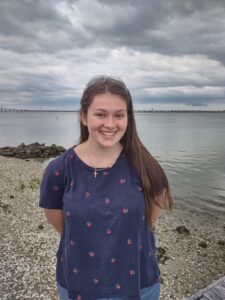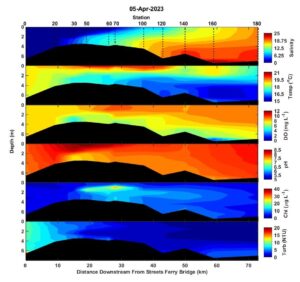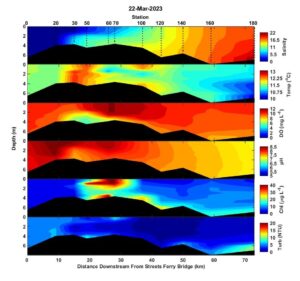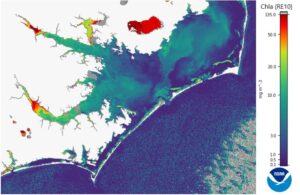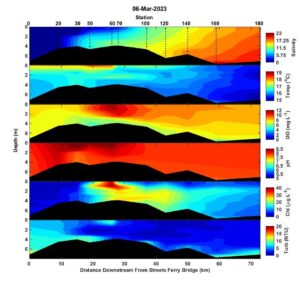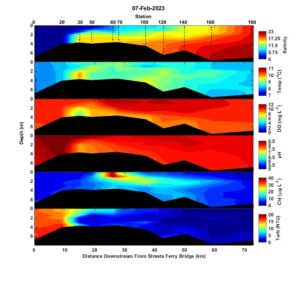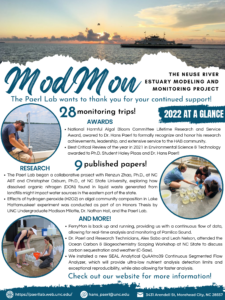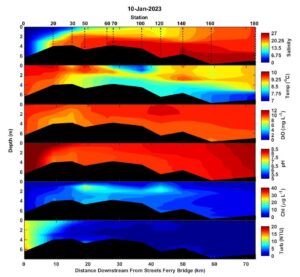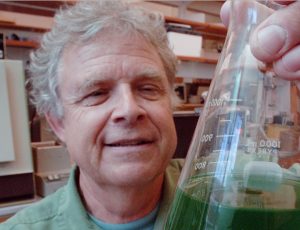This week the Paerl Lab welcomes Jack Cheshire, a new technician, and Elizabeth Norris, a new intern! Jack comes to us from NC State, where he received his B.S. in Ecology, Evolution and Conservation Biology in May 2023. Elizabeth is currently pursuing a B.S. in Marine Biology at UNCW. We are excited to work with you!
Elizabeth Norris – egnorris@unc.edu
Jack Cheshire – jcheshi@unc.edu

